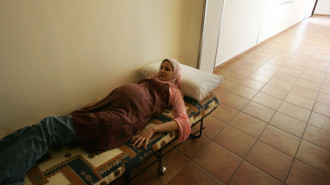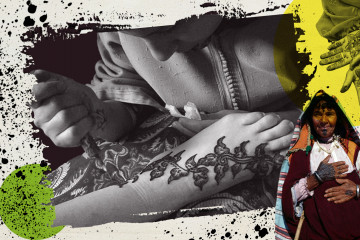
Amazigh tattoos are fading, is it too late to revive them?

When driving through traditionally Amazigh areas in North Africa, you may come across road signs written in the Amazigh language. Amazigh symbols are easily identifiable, though, to the untrained eye, they may just look like simple line drawings with randomly-placed dots and dashes. The best way to figure out if you’ve made it to an Amazigh utopia is to find a group of elderly women adorned with geometrical facial tattoos.
Why just elderly, you ask? Like many indigenous cultures around the world, the Amazigh culture is fading into the background of the quickly-developing countries of North Africa – and its supposedly permanent tattoos are fading with it.
"Tattoos in Amazigh cultures have been incredibly important. For women, they had spiritual and healing abilities, often related to fertility. It is also said that many women adorned themselves with facial tattoos when the French colonised North Africa, thus making them 'unattractive'' to the lustful eyes of French soldiers"
Tattoos in Amazigh cultures have been incredibly important. For women, they had spiritual and healing abilities, often related to fertility. It is also said that many women adorned themselves with facial tattoos when the French colonised North Africa, thus making them “unattractive'' to the lustful eyes of French soldiers.
Ironically, some women enjoyed tattoos simply because of how beautiful they were. Tattoos on men were typically more functional and “served healing purposes,” although men’s skin was usually left undecorated.
This isn’t just disappointing news to the tattoo enthusiasts out there. It symbolises the closing of doors to a rich but poorly-documented world, one where low literacy rates were supplemented with art that told stories passed down by generations.
There are several contributing factors to the diminishing amount of Amazigh facial tattoos. Arguably the largest is the popularisation of Islam in Amazigh communities. Indigenous Amazigh languages started spreading around North Africa around 2,000 BCE. It was over 2,500 years later that Islam was introduced and spread throughout the regions.
But the modern Islamisation of countries like Morocco didn’t happen until much later. In 1979, after the Iranian revolution, Middle Easterns influenced by the conservative Muslim Salafi branch began touring Morocco, teaching and converting communities to the orthodox and traditionalist Islamic sect.
Tattoos were deemed haram and forbidden, and women were strongly encouraged to wear hijabs. These new religious regulations transformed what being Islam looked like for Amazighs in Morocco. Before, both cultures could live and prosper simultaneously. Now, Amazigh folk had to pick a side.
Much like Morocco, Algeria is living with its last generation of tattooed Amazigh women. The rise of Islamic rhetoric is also held accountable for the disappearance of facial tattoos in Amazigh-Algeria. As more Algerians began to read and understand Arabic, tattoos became commonly considered haram.
Social pressures have also pushed tattoos to the sidelines. Moroccan culture looks down on body modification. While elderly women with Amazigh facial tattoos are respected and considered gentle reminders of the old world, young women are strongly persuaded against getting tattoos of any kind, especially on their faces.
Nationalism and the importance of belonging to a country – not a smaller 4,000-year-old community – has disintegrated Amazigh culture and traditions. Now, modern-day Imazighen people aren’t just Amazigh, they are also Moroccan, Algerian, etc. The natural desire to belong has slowly pushed younger Amazigh generations to immerse themselves in the mainstream nationalist traditions and sentiments of their country, leaving their indigenous roots in a dark corner to fend for themselves.
In reality, the values and ideologies of Amazigh life couldn’t be any more relevant today. Along with language and kinship, “the centrality of land” is one of the most important values to have made it through the Islamisation and nationalisation of originally Amazigh regions.
Amazigh land and nature do more than provide food, water, and shelter. The tall palm trees and jagged mountains serve to physically and metaphorically protect what little Amazigh culture they have left.
In a world full of littered streets and polluted atmospheres, the sincere respect Amazigh people have for their land is genuinely comforting. They have been able to keep the soil fertile and the rivers flowing for generations. Hopefully, recent environmental developments don’t punish those who worked so hard to preserve their precious cultural oases.
Looking at the gentle, wrinkly face of an elderly Amazigh woman, it’s difficult not to get a little sentimental. Her eyes are kind. The tattoos that run down her forehead and chin have become faded and undefined, but they are still undeniably striking.
In the West, facial tattoos are considered frightening and intense, but hers are uplifting. They tell a tale of a young woman being whisked into a world that no longer substantiates the symbols that made her fertile, protected, and beautiful during a time of colonisation, Islamisation, and urbanisation.
How must she feel knowing that her children and grandchildren cannot, will not, be marked with the same lines, dots, and dashes that gave her so much strength during her time of need?
Yasmina Achlim is a Moroccan-American freelance writer who loves good vegan food, living consciously and dressing sustainably


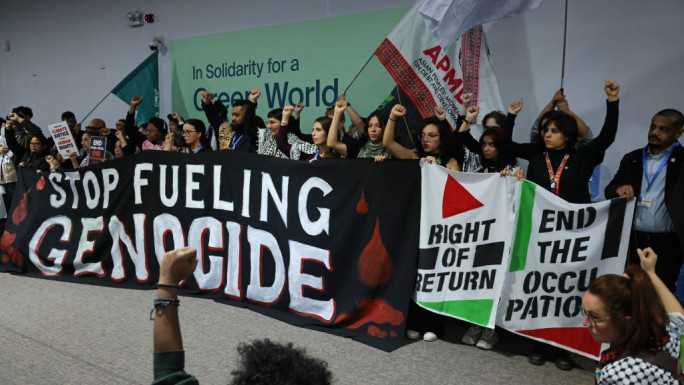

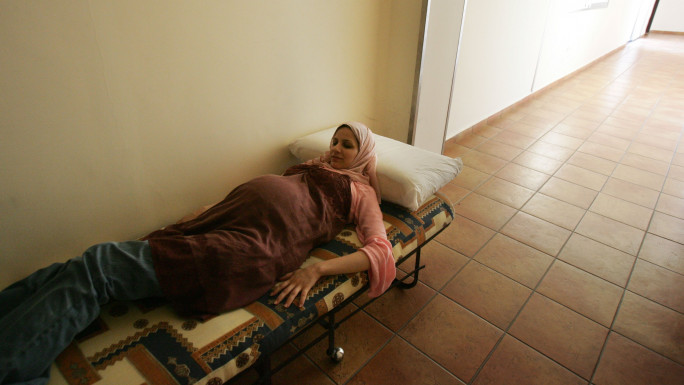
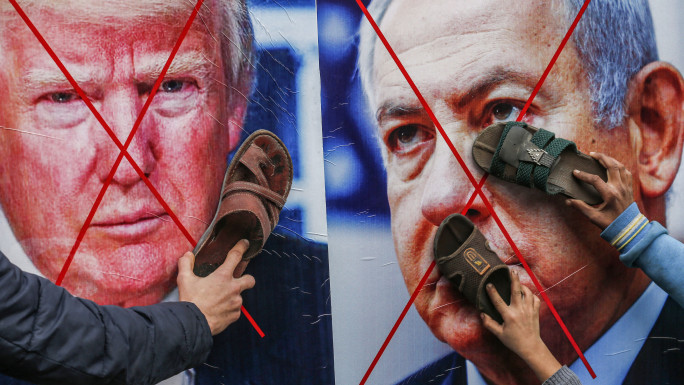
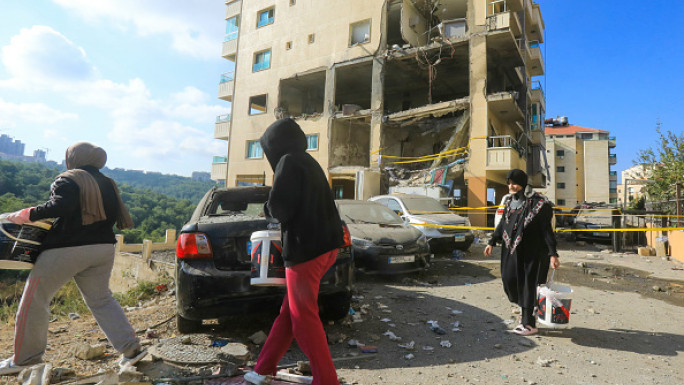
 Follow the Middle East's top stories in English at The New Arab on Google News
Follow the Middle East's top stories in English at The New Arab on Google News


